In today’s rapidly evolving world, coding has become an essential skill. But how can kids learn such an advanced skill in a way that is fun?
This is where Python and coding robots come into play. Today, we'll unpack the benefits of learning this user-friendly programming language and how it can be done using coding robots. As a plus, we'll also share our top picks of fun and engaging robots that kids are guaranteed to love!

Why kids should learn Python
Python is widely regarded as an excellent first language for young coders, and for good reason. Here is why kids should learn Python and why it stands out as a great starting point in the world of programming.
Simplicity and readability: Python's syntax is clean and straightforward, making it exceptionally easy for beginners to grasp. Unlike other languages that require complex lines of code to perform simple tasks, Python’s syntax is intuitive and much closer to English.
Versatility and practicality: Python is not just a beginner-friendly language; it’s also a powerful tool used by professionals in various fields. Introducing children to Python opens the door to a myriad of possibilities and real-world applications, making their learning experience both relevant and exciting.
Strong coding foundation: Learning Python lays a solid foundation for children to explore other programming languages later on. The concepts learned through Python, such as loops, variables, and data structures, are applicable in other programming languages.
Creativity and problem-solving: Python encourages creative thinking and problem-solving. As kids learn to code, they’re also learning to think logically and algorithmically. They learn to break down problems into smaller parts and solve them using code, a skill that is invaluable in both academic and real-life situations.
Educational tools and resources: There are numerous educational tools and platforms specifically designed for teaching Python to children. From simple online tutorials to sophisticated coding robots that can be programmed using Python, these resources make learning engaging and hands-on.

Real-world applications
Python has become a staple in various industries because of its versatility and ease of use. Here is a look at how Python is applied across different fields
-
Web development: Python helps in handling everything from website content management to server-side scripting, making it an invaluable tool for web developers.
-
Data science: Python's ability to handle large datasets and perform complex calculations makes it essential for data-driven decision-making in businesses and research.
-
AI and machine learning: Python's simplicity and scalability make it ideal for developing algorithms that can predict patterns, understand natural language, and even make decisions.
-
Finance and trading: The finance industry relies on Python for various applications, including algorithmic trading, risk management, and financial analysis.
- Cybersecurity: Python is used for building security tools, analysing security data, automating tasks, and conducting penetration testing.
How kids can learn Python while having fun
Interactive learning, particularly through the use of coding robots, has revolutionised the way Python programming is taught to young learners. These coding robots transform abstract coding concepts into tangible and relatable experiences, providing a hands-on approach to learning that is both engaging and educational.
Below is a list of the best coding robots for kids to learn Python programming in a fun and engaging way. Whether in a classroom setting or at home, these robots cater to different tastes and age groups.
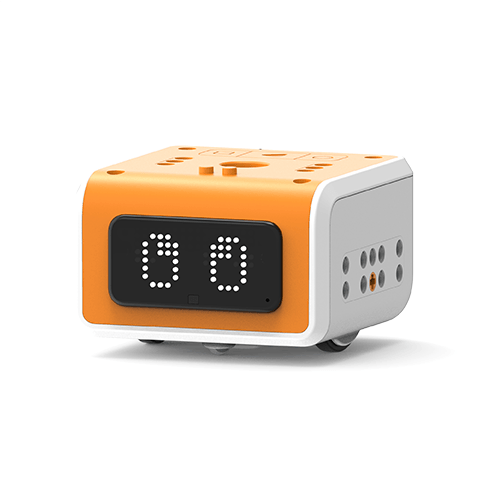
VinciBot
The VinciBot stands out with its LEGO® compatibility, allowing children to creatively customise their robotic designs. This feature, combined with its easy-to-use interface and customisable commands, makes VinciBot an excellent tool for introducing young learners to the basics of Python programming.
The integration of various sensors adds an extra layer of interactivity, as kids can program the robot using Python to respond to its environment, offering a practical experience in command execution.
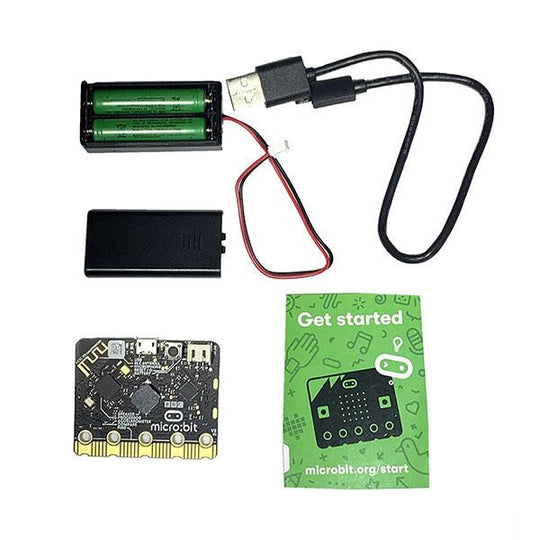
BBC micro:bit
The BBC micro:bit is a versatile and user-friendly microcomputer, ideal for introducing young learners to the world of programming, particularly Python. BBC micro:bit v2.21 GO boasts a host of features including a 5x5 LED matrix for visual feedback, programmable buttons for interactive projects, and a range of built-in sensors like an accelerometer, compass, and temperature sensor.
By using Python with the micro:bit, students can easily grasp programming basics and venture into more complex tasks such as data handling and creating interactive games.
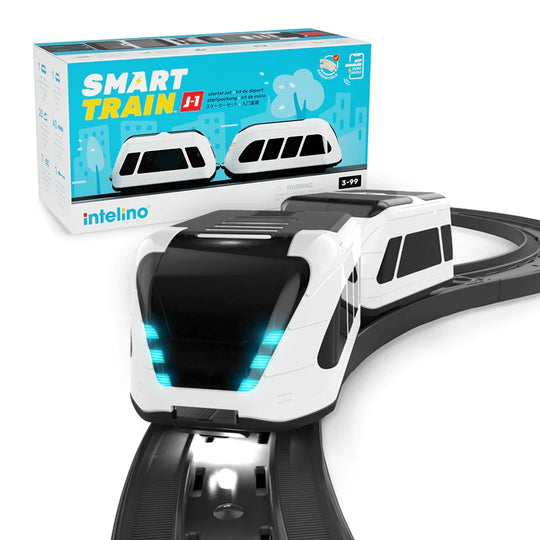
Intelino Smart Train
The Intelino Smart Train offers a fascinating introduction to coding through its smart control capabilities and customisable track design. Its unique approach to programming, where the train follows colour-coded commands on the track, provides a tangible way for kids to understand sequencing and control structures in Python.
This smart train, with its snap-to-connect wagons, not only introduces children to the basics of programming logic but also to the concepts of modular design and function integration, all within the Python programming environment.
LEGO® Education SPIKE™ Prime Set
The LEGO® Education SPIKE™ Prime Set is an innovative educational toolkit that blends the engaging world of LEGO building with the fundamentals of coding and robotics. This set includes a variety of LEGO bricks and Technic pieces, along with a programmable Smart Hub, interactive motors, and diverse sensors such as colour, distance, and force.
The user-friendly software facilitates an easy transition from Scratch-based drag-and-drop coding to more advanced Python programming. LEGO SPIKE Prime's real-world application of Python allows students to engage in hands-on projects, from programming robots to navigate mazes to creating data-driven scientific experiments.

CoDrone EDU Drone
The CoDrone EDU Drone elevates Python learning to new heights with its advanced flight technology and programmable flight patterns. The drone’s ability to perform various manoeuvres, coupled with its durability and 7 programmable sensors, opens up possibilities for projects, including programming it in Python, making it perfect for beginners.
Programming CoDrone’s flight patterns and utilising its sensors for navigation challenges students with Python concepts, such as loops, functions, and sensor-based programming.
Find your coding robots at CD-Soft
Discover the fascinating world of programming with our range of interactive coding robots at CD-Soft. We offer all of the models mentioned above and have everything you need to embark on a thrilling educational journey with Python.
Explore our collection today and take your first step towards a fun and enriching coding experience for your children or students. Contact us if you have any questions or need help selecting the right coding robot. One of our friendly team members will be happy to assist you!

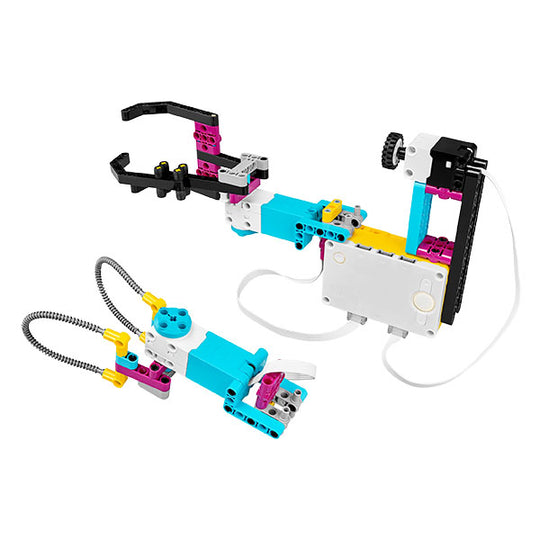
 MatataStudio VinciBot Robot - $196.90 inc GST
MatataStudio VinciBot Robot - $196.90 inc GST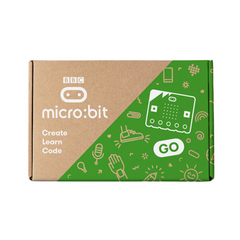 BBC micro:bit v2.21 GO - $28.15 inc GST
BBC micro:bit v2.21 GO - $28.15 inc GST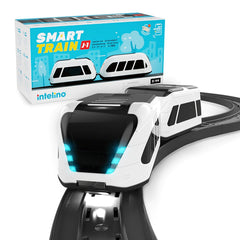 Intelino J-1 Smart Train Starter Set - $209.00 inc GST
Intelino J-1 Smart Train Starter Set - $209.00 inc GST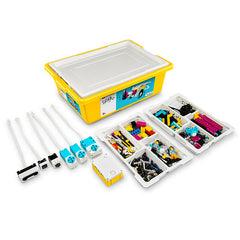 LEGO® Education SPIKE™ Prime Set - $679.80 inc GST
LEGO® Education SPIKE™ Prime Set - $679.80 inc GST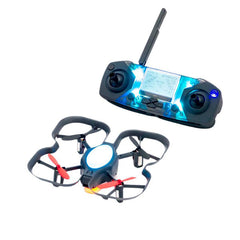 CoDrone EDU - $396.00 inc GST
CoDrone EDU - $396.00 inc GST






